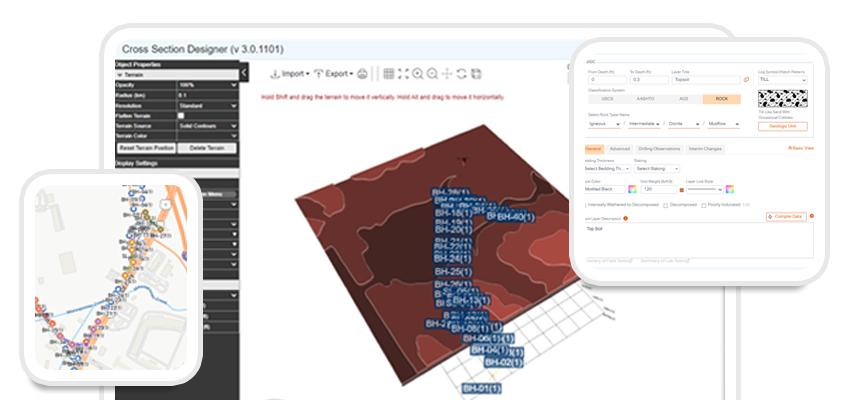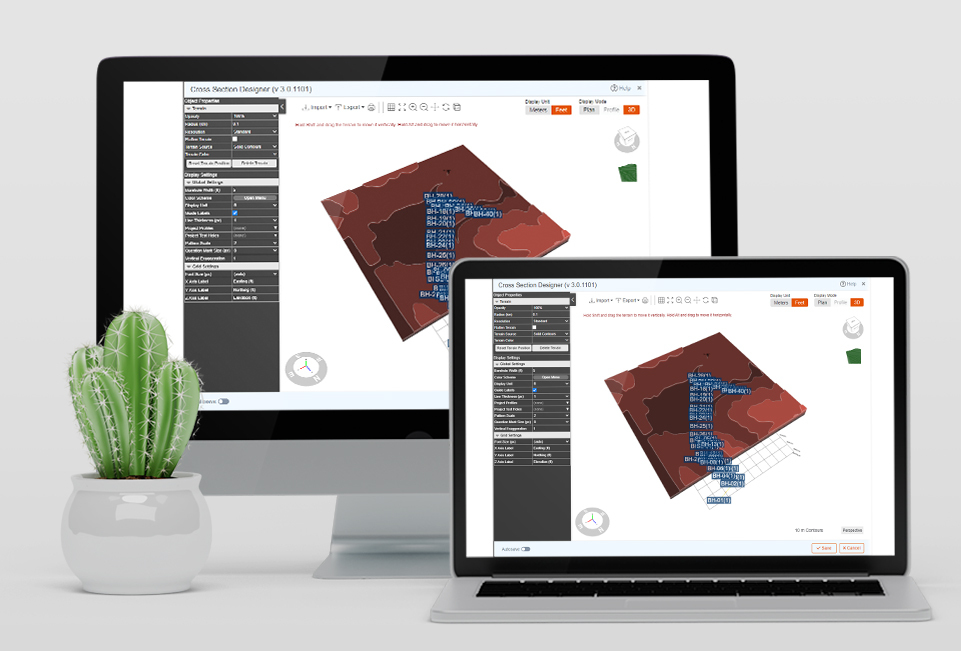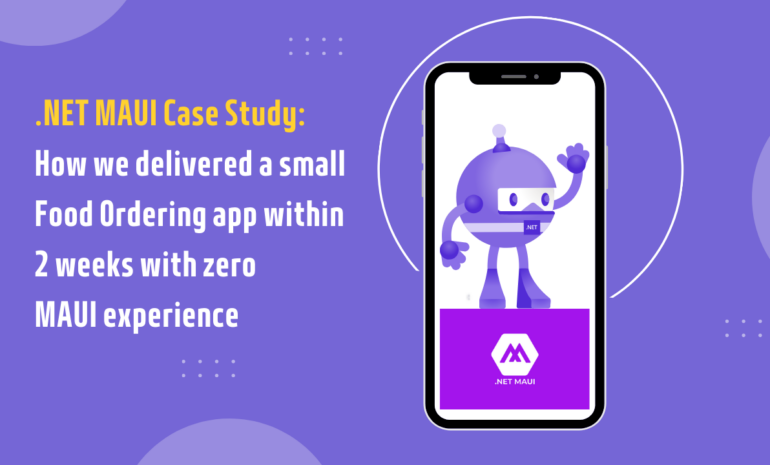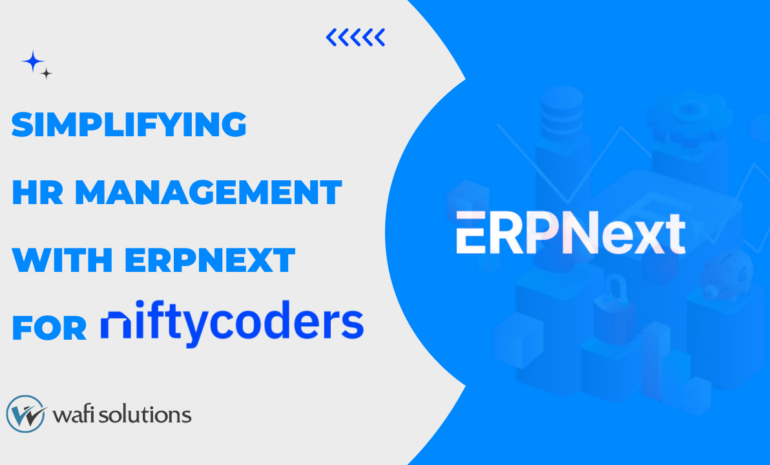The project began as a web-based Borehole Log Management system, but it was far from ready for production. Sensing an opportunity, the team embarked on an ambitious endeavor. They initiated the application and, with a keen eye for modernization, convinced the client to embark on a complete rewrite using .NET Core 3.1.
Phase 1: Recognizing the Potential
The project began as a web-based Borehole Log Management system, but it was far from ready for production. Sensing an opportunity, the team embarked on an ambitious endeavor. They initiated the application and, with a keen eye for modernization, convinced the client to embark on a complete rewrite using .NET Core 3.1.
Phase 2: A Solid Foundation
Realizing that the project lacked a proper architecture, the team undertook the challenging task of rearchitecting it with a multi-tenant design. Alongside this crucial change, they introduced a plethora of new features, such as Borehole Data Management, Log Template Design, Report Figures, GIS Map, and Cross-Section capabilities. These additions transformed the solution into a comprehensive Borehole Log Management system.
Phase 3: Design Excellence
Recognizing the importance of a captivating user interface, the team set out to enhance the project’s UI. They meticulously redesigned it, imbuing it with a modern look and feel while ensuring a responsive design that catered to user needs. This transformation elevated the user experience and instilled a sense of professionalism throughout the application.
Phase 4: Agile Adoption
The client was initially unfamiliar with Agile and DevOps practices. Leveraging their expertise, the team educated the client on the benefits of these methodologies. Through effective communication and persuasion, they successfully convinced the client to transition from Trello to Azure DevOps, empowering them with enhanced project management and collaboration tools.
Phase 5: Scaling for Success
Initially deployed on an Azure VM, the project demanded improved scalability to accommodate its growing user base. The team made the strategic decision to migrate to Azure App Service, ensuring seamless scalability and enhancing the project’s performance. They established an efficient Azure CI/CD pipeline, enabling seamless deployment and continuous integration.
Phase 6: Weathering the Storm
In the face of a funding crisis, the team adapted their development pace to align with the client’s situation. Collaborating closely with the client, they embarked on a joint effort to attract new investors. Together, they meticulously prepared documentation and presentations that showcased the project’s immense potential.
Phase 7: Triumph through Partnership
Their perseverance paid off as they successfully secured an investor. The investor’s top management, including the CTO and CEO, rigorously reviewed the project and its codebase. Impressed by the team’s expertise and the project’s immense value, the investor confirmed their investment. This marked a significant milestone for the project, solidifying its status as one of the best Geotechnical projects worldwide.
Phase 8: Continued Growth and Innovation
Buoyed by their success, the team forged ahead, continuously enhancing the project. They introduced a host of new features, including Hatch Patterns, Import/Export capabilities, and Borehole Log Reports. Furthermore, they migrated the project from .NET Core 3.1 to the cutting-edge .NET 7 framework. To cater to diverse user needs, they even developed a desktop application as part of the project’s expanding ecosystem.

Multi-Tenant architecture:
Accommodating different functionality requirements for each tenant was a complex task. The challenge involved designing a flexible architecture that could dynamically enable or disable specific features based on the needs of individual tenants, while maintaining a shared codebase. Overcoming these technical challenges in implementing a multi-tenant architecture required a combination of solid architectural design, careful consideration of data management and access control mechanisms, and effective implementation of security and privacy measures.
Adoption of .NET Core 7 and Razor:
Implementing the latest version of .NET Core and Razor introduced the challenge of transitioning from older technologies. The team had to ensure compatibility, refactor existing code, and familiarize themselves with the new features and best practices offered by these frameworks.
Database Management with Entity Framework Core:
Using Entity Framework Core as the database provider brought its own set of challenges. The team had to effectively design and manage the database schema, handle migrations, optimize query performance, and ensure seamless integration with the application’s business logic.
Complex Business Logic with DDD:
Implementing complex business logic following Domain-Driven Design (DDD) best practices demanded meticulous planning, careful domain modeling, and mapping business rules to the application’s architecture. Ensuring the proper separation of concerns and maintaining a clean and maintainable codebase were significant challenges.
Advanced JavaScript for Rich UI Functionality:
Leveraging advanced JavaScript for tasks such as drawing cross-sections, designing templates, and creating 3D views required expertise in frontend development. Overcoming compatibility issues, handling different browser environments, and ensuring a smooth user experience were technical challenges to address.
Integration of Google Maps for Coordinate Systems:
Integrating Google Maps and handling different coordinate systems presented a technical challenge. The team had to correctly translate and project data onto the maps, handle coordinate transformations, and ensure accurate representation of geospatial information across different systems.
Complex PDF Reporting:
Implementing complex PDF reporting capabilities demanded solving algorithmic challenges. Rendering reports with different scales, generating complex hatch diagrams, and incorporating precise graphical representations required careful design and implementation of rendering logic and layout algorithms.
Node.js and Azure Function for Microservices:
Using Node.js and Azure Functions for microservices introduced challenges such as service orchestration, inter-service communication, and ensuring scalability and fault tolerance. Designing and implementing robust microservice architecture required expertise in distributed systems and cloud computing.
Integration with External Services:
Incorporating external services like Microsoft Access database import and other third-party services posed integration challenges. Handling data compatibility, ensuring data consistency, and maintaining data security and privacy while interacting with these services required careful integration and thorough testing.
Background Job and NoSQL for Processing Bulk Data:
Implementing background jobs for long-running database operations and utilizing NoSQL databases for processing bulk data presented technical challenges. Efficiently managing background jobs, ensuring data consistency and integrity, and optimizing performance for large-scale data processing required careful design and implementation.
Overcoming these technical challenges in the project required a combination of deep technical expertise, meticulous planning, and effective problem-solving. The team’s dedication and adaptability allowed them to address these challenges and deliver a robust and feature-rich Borehole Log Management solution.
Key Learnings from the Case Study:
Recognize the Potential: Even a project with minor initial requirements can hold immense potential. It’s important to identify opportunities for improvement and transformation, and to communicate these possibilities to the client.
Embrace Technology Evolution: Staying up-to-date with technology advancements is crucial. The decision to rewrite the project using .NET Core 3.1 and later migrating to .NET Core 7 demonstrates the benefits of embracing new technologies to enhance performance, scalability, and maintainability.
Architectural Considerations: Properly architecting the solution, such as implementing multi-tenant architecture, ensures scalability, data isolation, and efficient management. Identifying architectural gaps and addressing them can lead to long-term success.
User Experience Matters: A modern and responsive UI design can significantly impact user satisfaction. Redesigning the project with a modern look and feel improved the user experience, making the solution more appealing and intuitive.
Educate and Guide Clients: Introducing Agile and DevOps practices to clients unfamiliar with them requires effective communication and education. By showcasing the benefits and guiding clients through the transition, you can foster a more collaborative and efficient development process.
Scalability and Cloud Architecture: As the project grows, scaling becomes crucial. Utilizing cloud services such as Azure App Service, Azure CI/CD pipelines, and NoSQL databases helps ensure scalability, high availability, and efficient resource management.
Collaboration and Adaptability: Working with clients facing financial challenges requires understanding and flexibility. Collaborating closely, assisting with documentation and presentations, and weathering the storm together can lead to successful outcomes.
Continuous Improvement: The project’s success should not lead to complacency. Continuously enhancing and adding new features based on user feedback and market demands helps maintain the solution’s competitiveness and meet evolving customer expectations.
Technical Expertise: Overcoming technical challenges requires a deep understanding of the technology stack and creative problem-solving skills. Investing in continuous learning and expanding technical expertise can unlock new possibilities and lead to innovative solutions.
Market Research and Unique Value: Before taking on a project, assess its market potential and uniqueness. An interesting and in-demand project can lead to success and growth.
Patience and Perseverance: Projects may face various challenges along the way, but staying patient and persevering can lead to rewarding outcomes. Building strong relationships with clients, maintaining a positive attitude, and adapting to changing circumstances are essential.
The journey of transforming the ASP.NET 4.5 legacy project into a cutting-edge Borehole Log Management solution has been nothing short of remarkable. Starting with minor UI tweaks, the project evolved through numerous stages of development, overcoming technical challenges, client collaboration hurdles, and financial obstacles.
Today, with over 1300 clients and ongoing efforts to enhance scalability and cloud architecture, the project continues to thrive. The case study serves as a testament to the importance of recognizing potential, embracing technology evolution, fostering collaboration, and continuously improving to deliver exceptional solutions.


